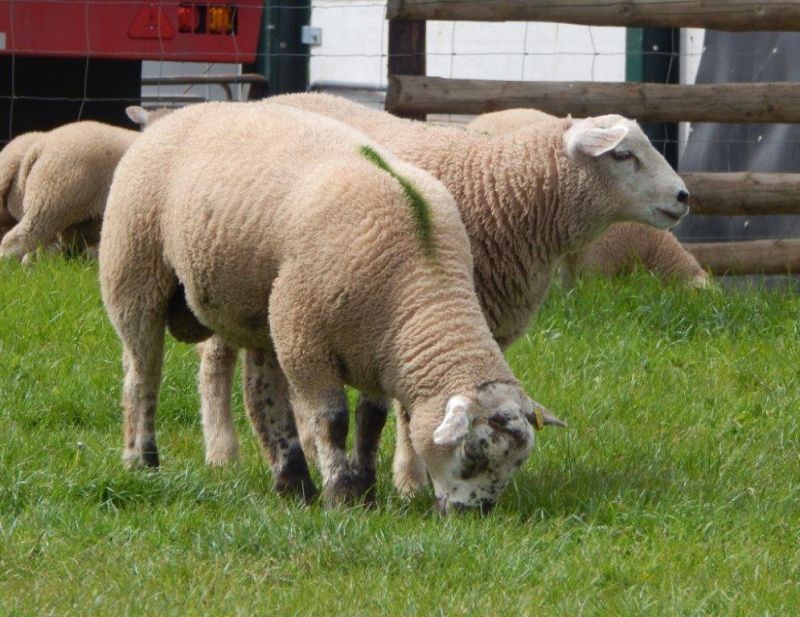
The value of investing in a ram with the right genetic merit has been highlighted in results from the third year of the RamCompare project.
The project has identified that commercial producers can identify the most profitable rams for their production system by using Estimated Breeding Values (EBVs).
The latest results from the UK’s national progeny test now include new EBVs for traits like days to slaughter, primal yield and tenderness.
RamCompare is a five-year project that takes nominated Signet-recorded rams from various terminal sire breeds and uses them on nine commercial farms in the UK.
Three years in, the project has already tested 138 rams and over 12,000 of their progeny, one of the largest trials of its kind.
Breeding merit
Rams are selected on the basis of their EBVs, which are a direct assessment of their breeding merit for specific traits.
Through information collected on their progeny, the project re-assesses their genetic worth for traits that are measured on-farm, such as lamb growth rate, ultrasound muscle and fat depth.
Abattoir data is then collected from these lambs to produce EBVs for traits which farmers are actually paid - carcase weight, conformation and fat classification.
For the first time, an EBV for Days to Slaughter has been produced – indicating the degree to which sire choice can influence the speed that lambs reach slaughter weight.
Over a quarter of the variation seen in this trait can be attributed to a lamb’s genetics and there are important genetic differences between rams.
'Massive change'
This year, Signet Breeding Services launched the biggest change to its terminal sire recording programme in decades, moving the assessment of carcase traits, like muscle and fat depth onto a weight, rather than an age, adjusted basis.
While this has changed the ranking of Signet recorded rams, it has greatly enhanced the commercial focus of these widely used EBVs for producers selecting lambs at a fixed slaughter weight.
Samuel Boon, Signet Manager, explains: “This development has been a massive change, but the latest RamCompare results show the value of our decision.
“A much clearer relationship is now apparent between the carcase traits measured on-farm, like muscle depth and fat depth and those assessed in the abattoir - carcase conformation and fat classification.”
